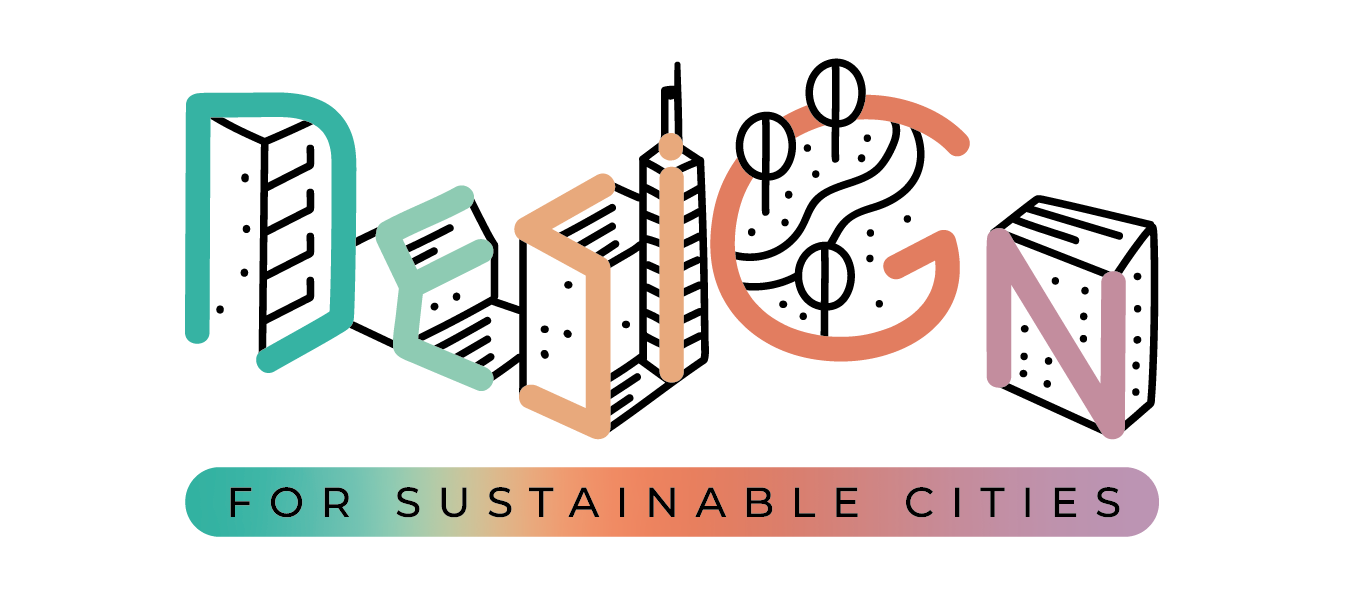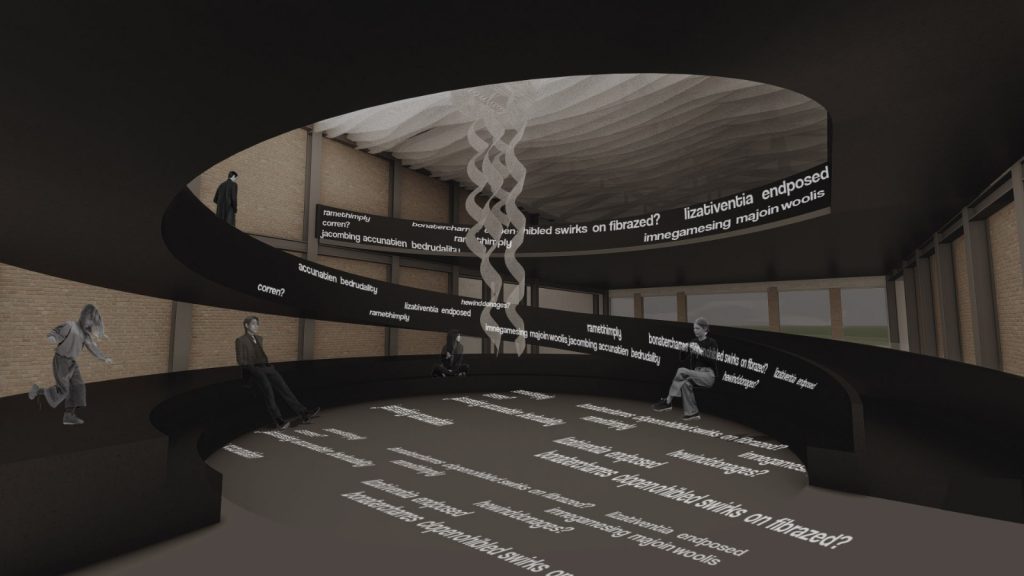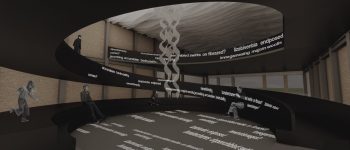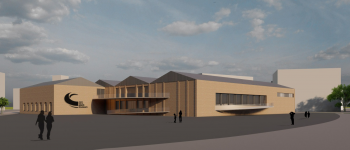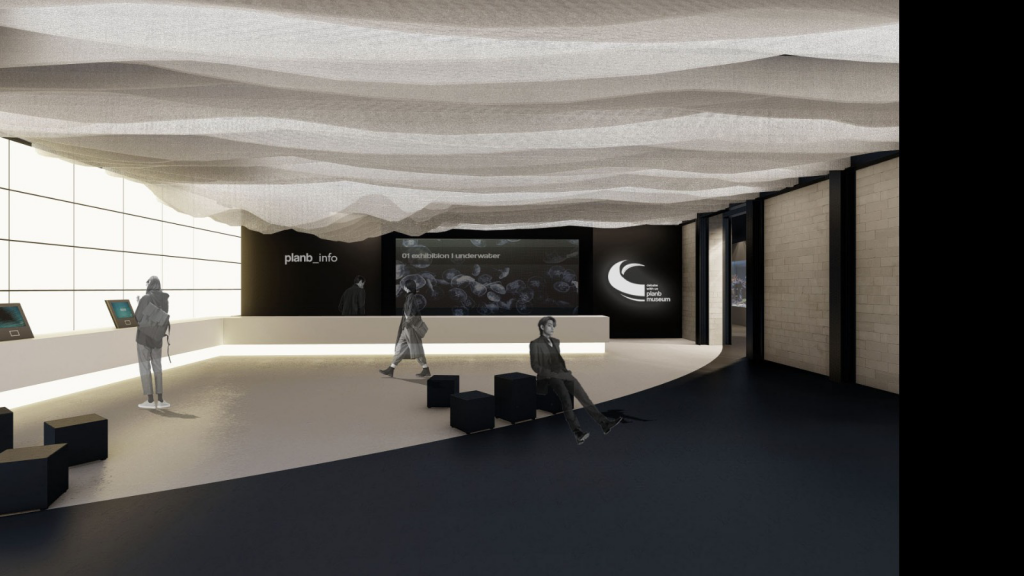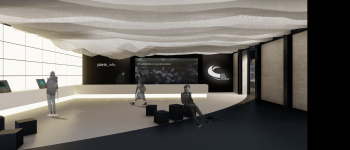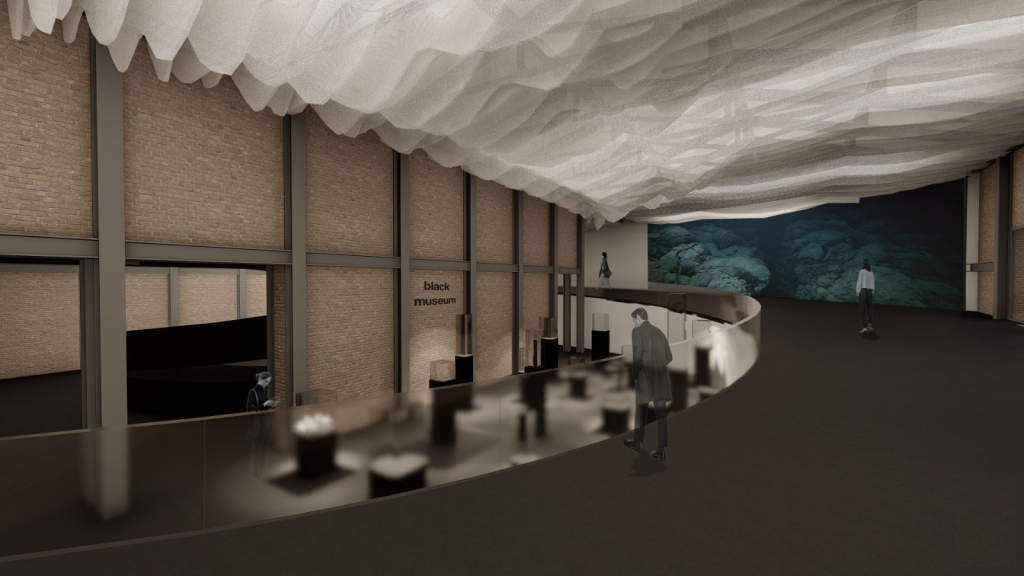Since water resources are very scarce in our country, we wanted to work about protection of underwater and transform our underwater resources so the subject we have chosen from the sustainability principles is life below water. Most of the dense population flow into the sea of Marmara. We know that there are many dirty wastes accumulated in the Marmara Sea and when the water flow direction and wind factors are calculated, Beykoz becomes one of the points where these accumulated wastes are collected.
The Planb Museum, as the name suggests, is inspired by the need for a plan b for the continuity of the planet we have, as there is no planet b. It was designed to raise awareness of this situation on people and encourage them to take action with this museum. Building consist of underwater museum, laboratory and water treatment plant. The laboratory part connected to the water treatment plant. In the laboratory part, while researches were made on mucilages, water treatment and aquatic creatures, white color was preferred in these parts where human production is carried out. The museum part is designed as an interactive museum and since it is a digital museum, the lower floors are darker and the upper floors are depicted in lighter colors to emphasize the enlightenment as you reach the information. The excursion axis of the museum is shaped around a ramp, and its shape is derived from the sea shell. The laboratory and the museum part of the museum are separated by a double-sided fish tank, and we can continue to see the aquarium from the entrance corridor while studying aquatic animals from the laboratory part. For added value we designed a debate area for people to understand the main objective of the problem and solution. At the end of the exhibition the museum courages people to seek solution for identified problems.
